The Workplace is a Crucial Determinant of Health
March 2021 marks a year since life as we knew it changed drastically for every person across the globe. An unwelcome guest took over our world – a tiny virus managed to transform everyone’s lives.
Since the pandemic began, experts have measured its impact quantitively based on direct health measurements: deaths, hospitalizations, and prevalence rates. However, what’s been often overlooked is the economic shock resulting from the pandemic. COVID-19 has drastically altered populations’ lifestyles and businesses struggled in adapting to a new normal. Many firms were forced to declare bankruptcy, such as include the childhood icon Chuck E. Cheese and athletes’ second home, GNC.
Other industries managed to embrace the work-from-home lifestyle; offices were closed but operations resumed from employees’ living rooms. However, these have not come without costs. The struggle of worsened mental health and heightened anxiety for employees will continue to grow if we fail to respond quickly.
A New Normal
Around this time last year, Wall Street became as quiet as ever. Local coffee shops closed. Stadiums and basketball courts were abandoned. Industries struggled, and households did too. By July 2020, 54% of firms in the Mid-Atlantic region (which includes New York City) were closed and employment was down by 47%.
It has now been a year since the initial economic shock. At first, it seemed that this situation was temporary. We now know otherwise: if businesses are to continue operating in the post-COVID-19 era, they need to adapt to the new normal. The pandemic exposed the financial fragility of businesses across the world, highlighting the significant need for business tools that help in adapting to sudden changes in both their employee’s and consumer’s lives.
A Crucial Role in Health
Over the past year, the world has realized how vital public health is to the functioning of our society. Interestingly, within the “formula” of maintaining good health among the population, the workplace plays a vital role. This is what public health scientists often refer to as The Social Determinants of Health. Both economic stability and community contexts contribute to the well-being of society and are two of the main five social determinants of health. Those two determinants are affected by business closures and work-from-home life, respectively. With businesses closing, the populations’ economic stability deteriorated. For businesses that transitioned to work from home, employees lacked the community context and as a result, the mental health of employees is declining. When working from their couch, their productivity is not comparable to working in an office that fosters a healthy work culture.
A Strong Call to Return
Emerging research in public health has consistently alerted that work-from-home must be temporary. If it continues for much longer, the world may be dealing with another pandemic arriving on our horizon – one that relates to mental health and anxiety. Therefore, experts and scientists have prioritized returning to the offices as soon as it is allowed. The closest we have to that in the near future is a hybrid model, where work-from-home becomes an option and not a mandate, and employees can alternate between being at home and in the office.
However, we should ensure that we learn from our mistakes. We cannot have businesses once again be super-spreaders of the virus, forcing them to shut down and suffer. The key is to adapt to the circumstances and ensure a safe operating business, not full closure until a public health threat passes. Even with current vaccination efforts, a new reality is upon businesses across the world – one that could be entirely different from the pre-COVID era. With the right tools and measures to protect public health at the workplace, no business will be left behind in this new reality.
A New Approach
Businesses and workplaces across the world improvised this time last year and were forced to shut down and suffer immeasurable losses. So, how can they do it differently after a year of living through a pandemic?
The number one priority for all businesses around the world should be to enable a safe return-to-work approach that offers flexibility in terms of work settings. The option of being in the office for an employee can do wonders for their wellbeing, mental health, and productivity levels. However, this should be done while simultaneously reducing risk and avoiding liability during a healthcare crisis.
To do this, the workplace should have measures in place for tracking health-related data for their employees. This includes health status, exposure, testing history, and exposure locations. Additionally, a system that tracks symptoms and traces contacts could be put in place simultaneously with an alert-based system for other employees to avoid exposure in case it happens. These tools are being developed by experts in both the tech industry and public health.
Together, we can allow businesses to grow a happier future – a future where businesses are not terrified by public health measures, but rather find themselves reliant on public health for successful operations. Together, we can do better for everyone.
Find out more about Aztute for business and how to subscribe to the Aztute Beta Program.
References
1. Bartik, Alexander W., et al. "The impact of COVID-19 on small business outcomes and expectations." Proceedings of the National Academy of Sciences 117.30 (2020): 17656-17666.
2. Markowitz, Andy. “13 Iconic Retailers That Have Fallen Into Bankruptcy.” AARP, 20 Nov. 2020,

